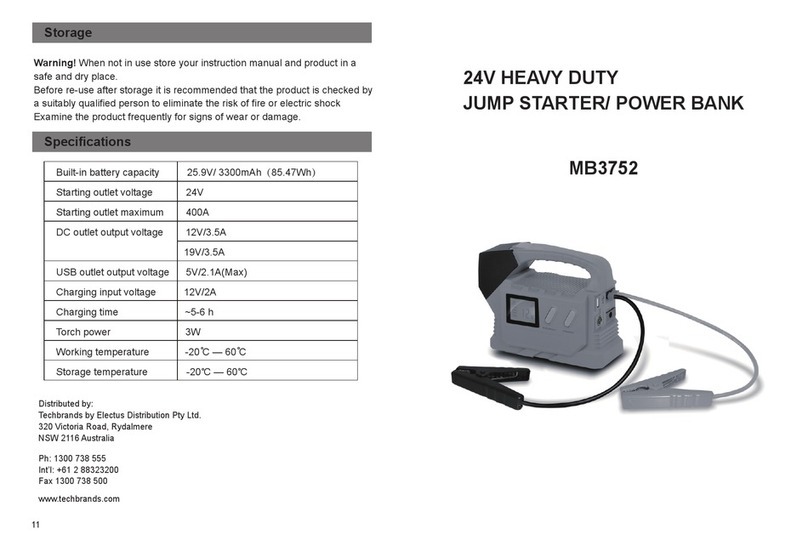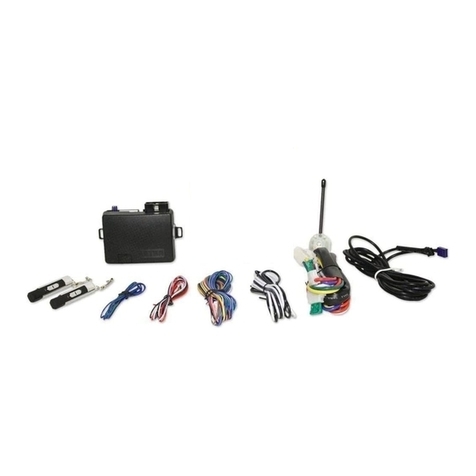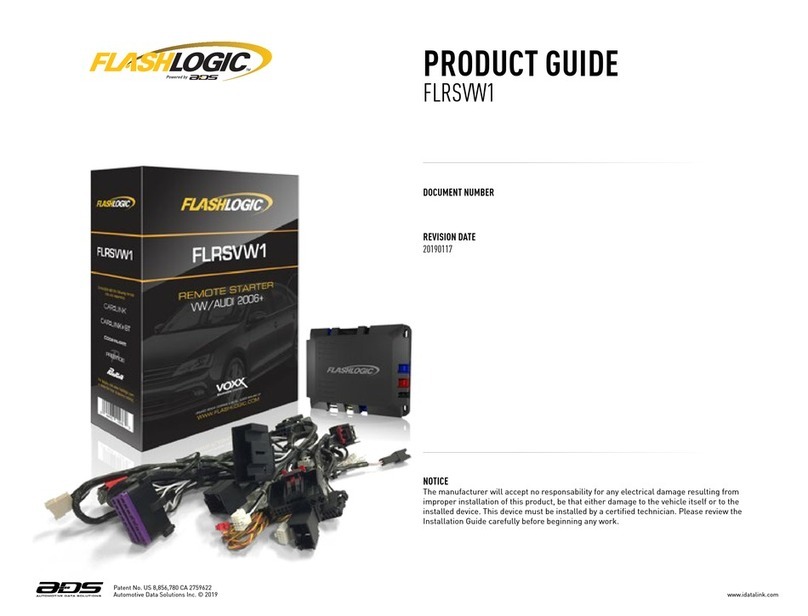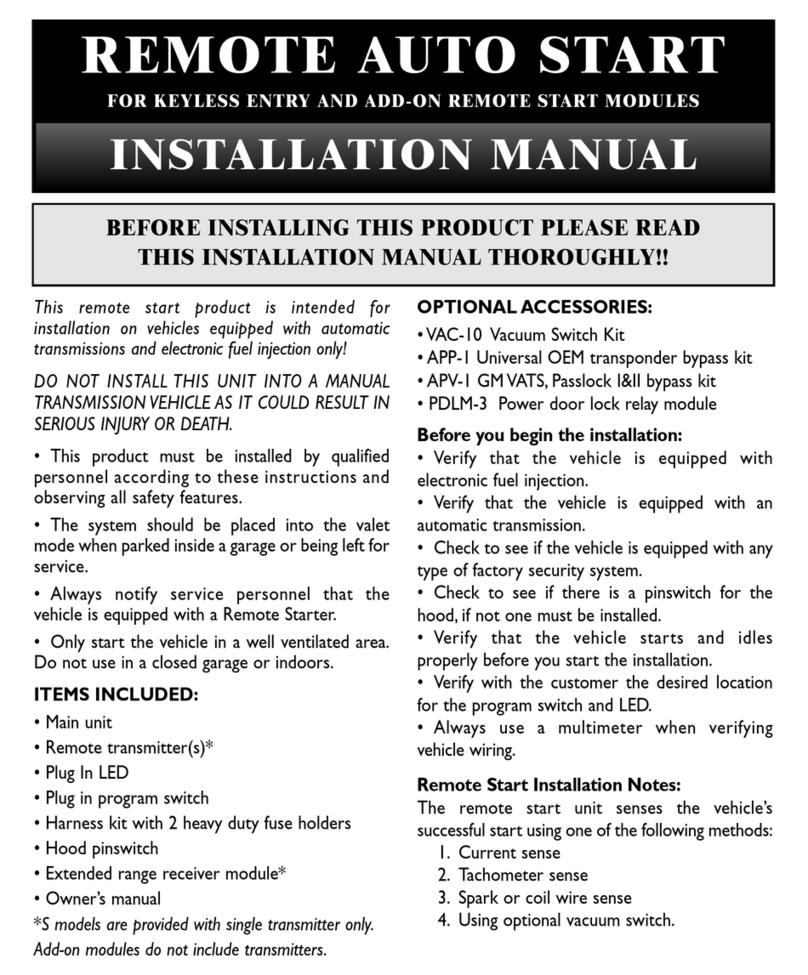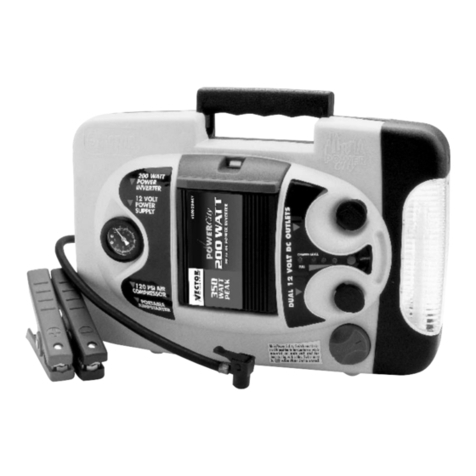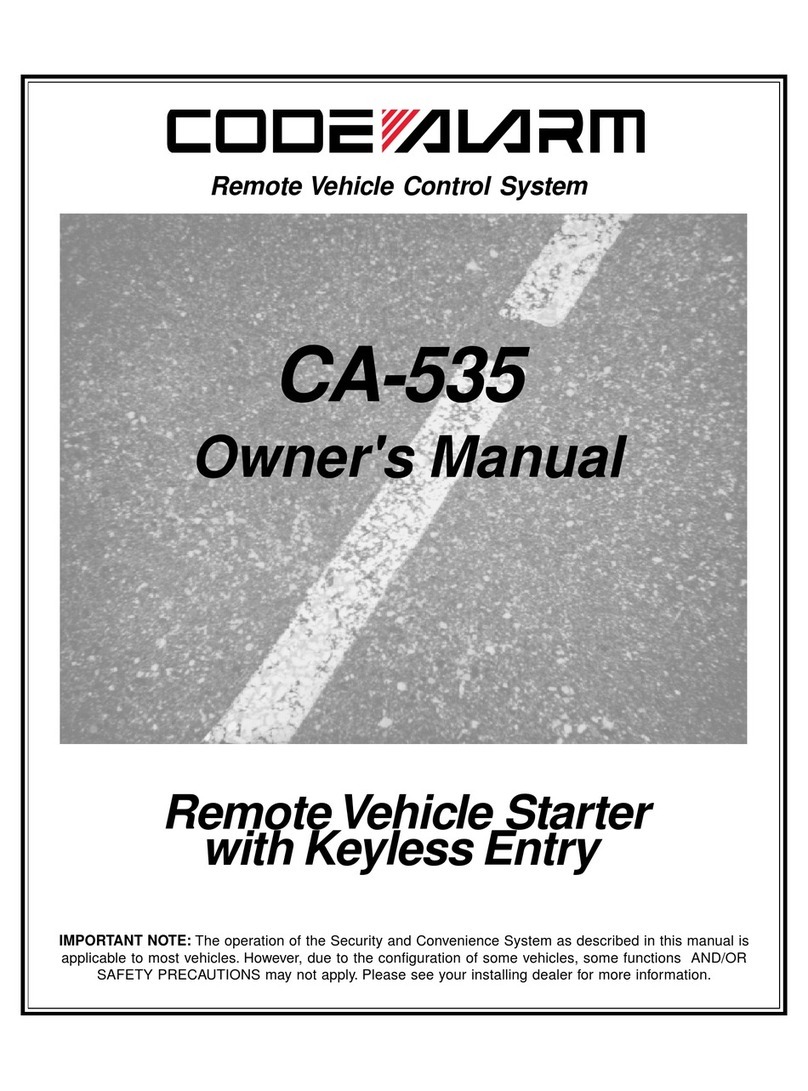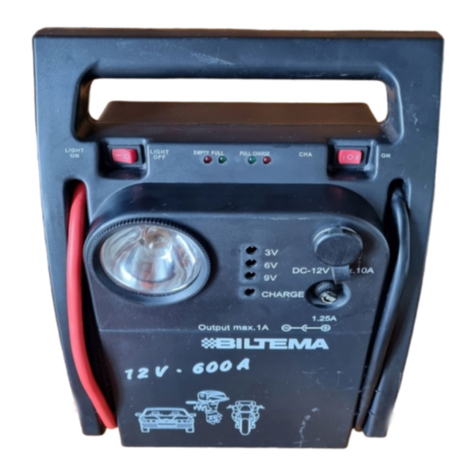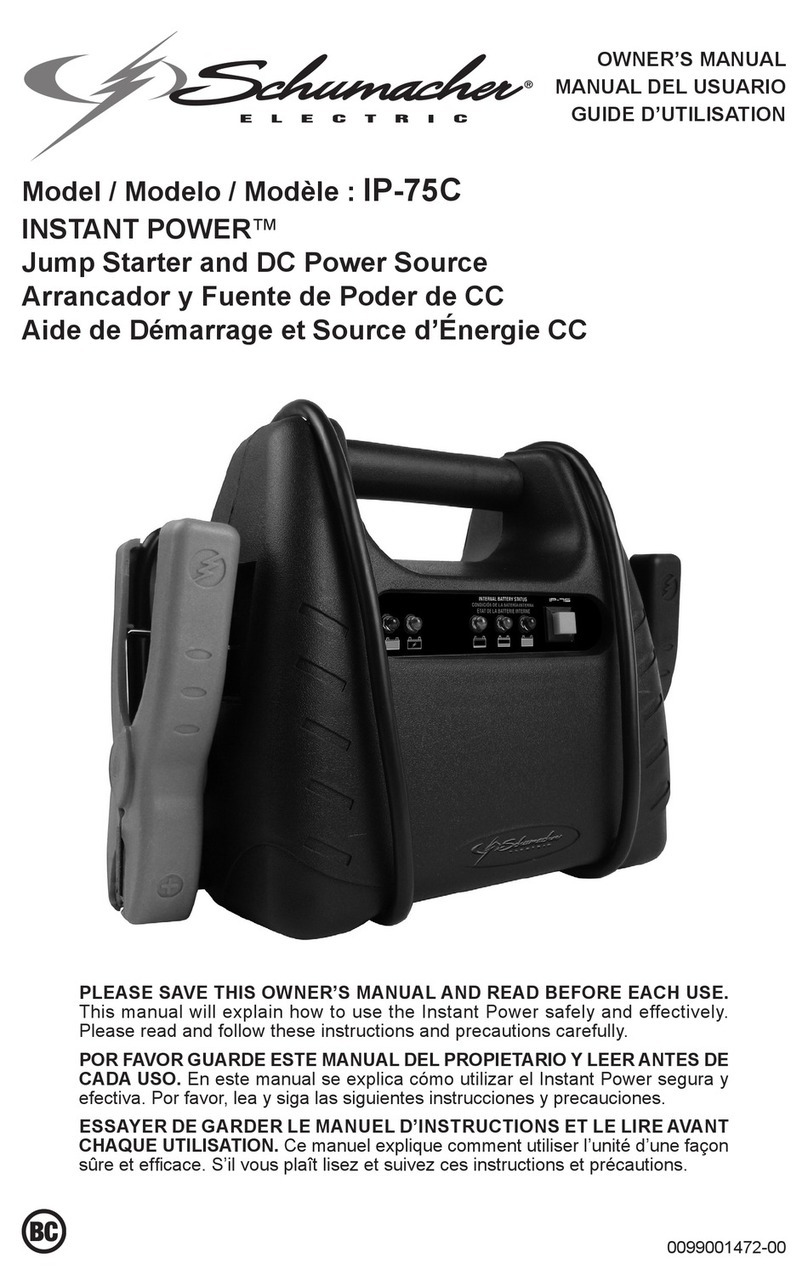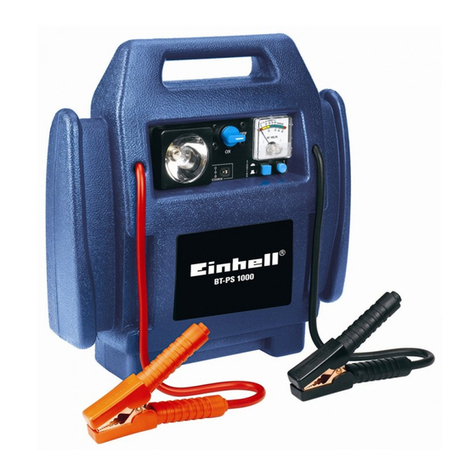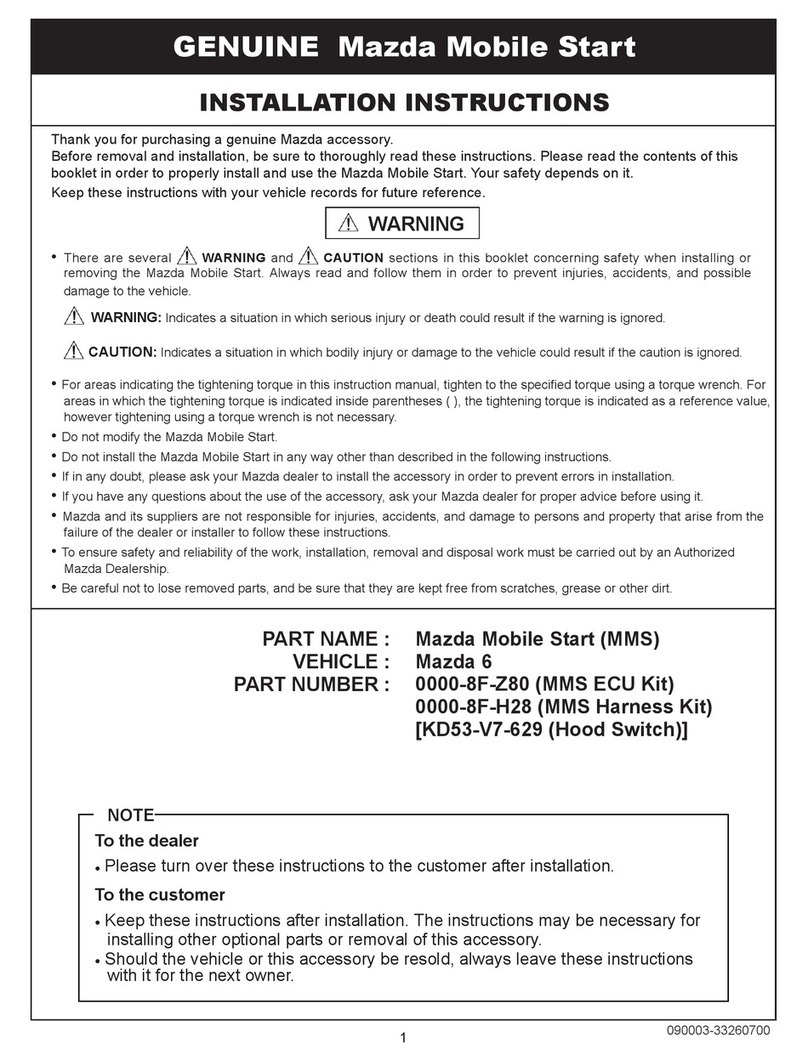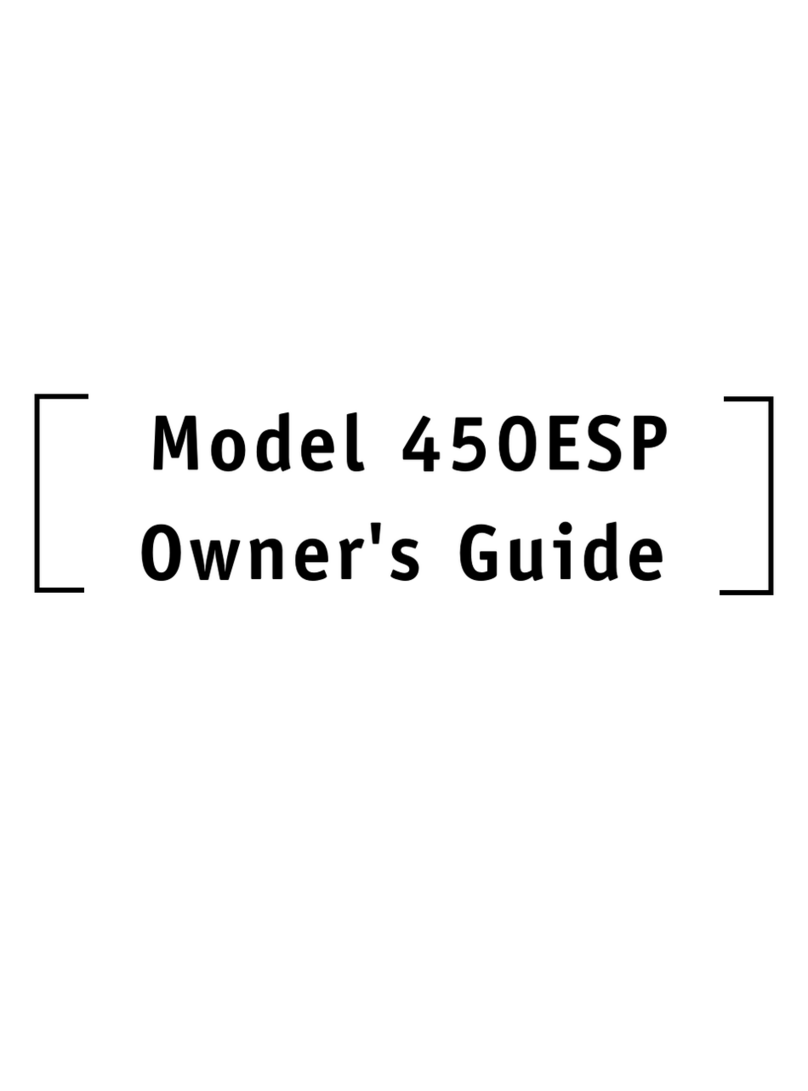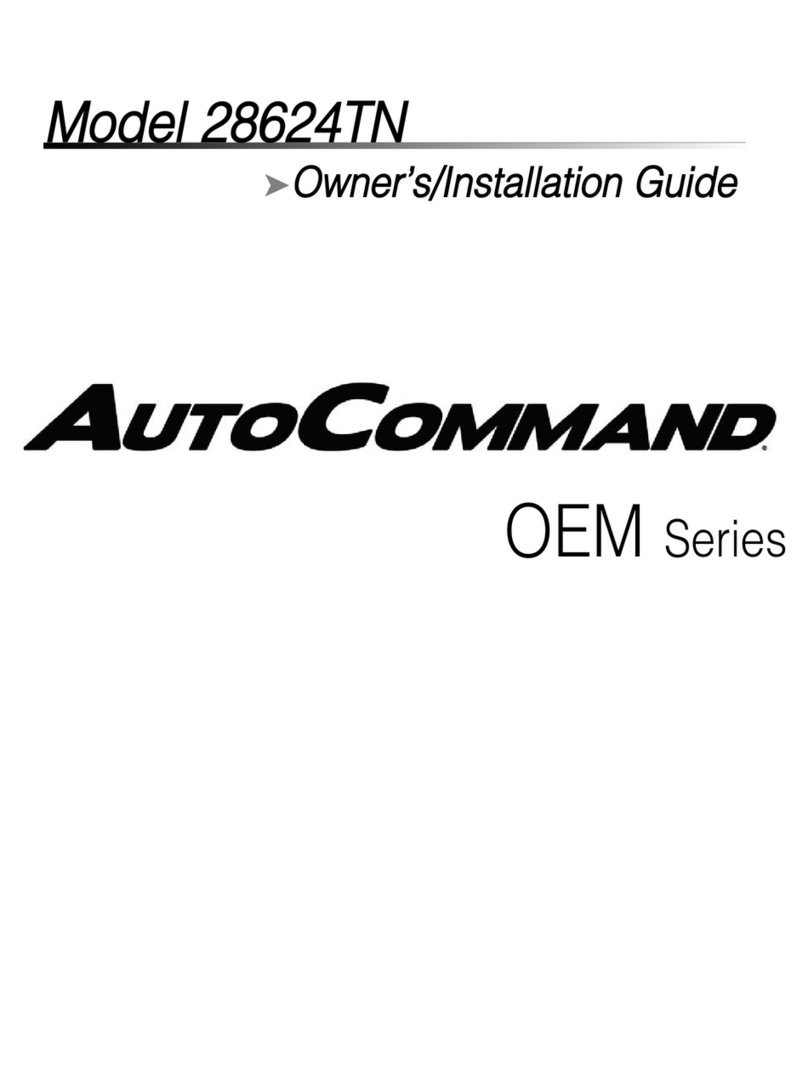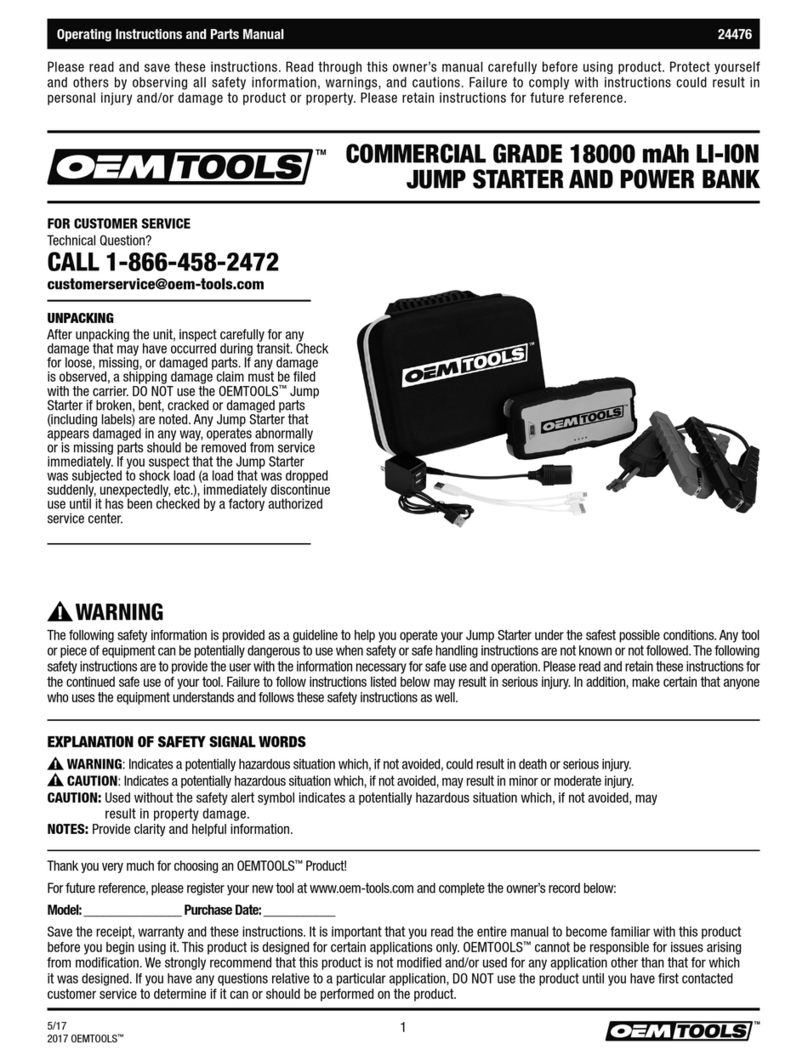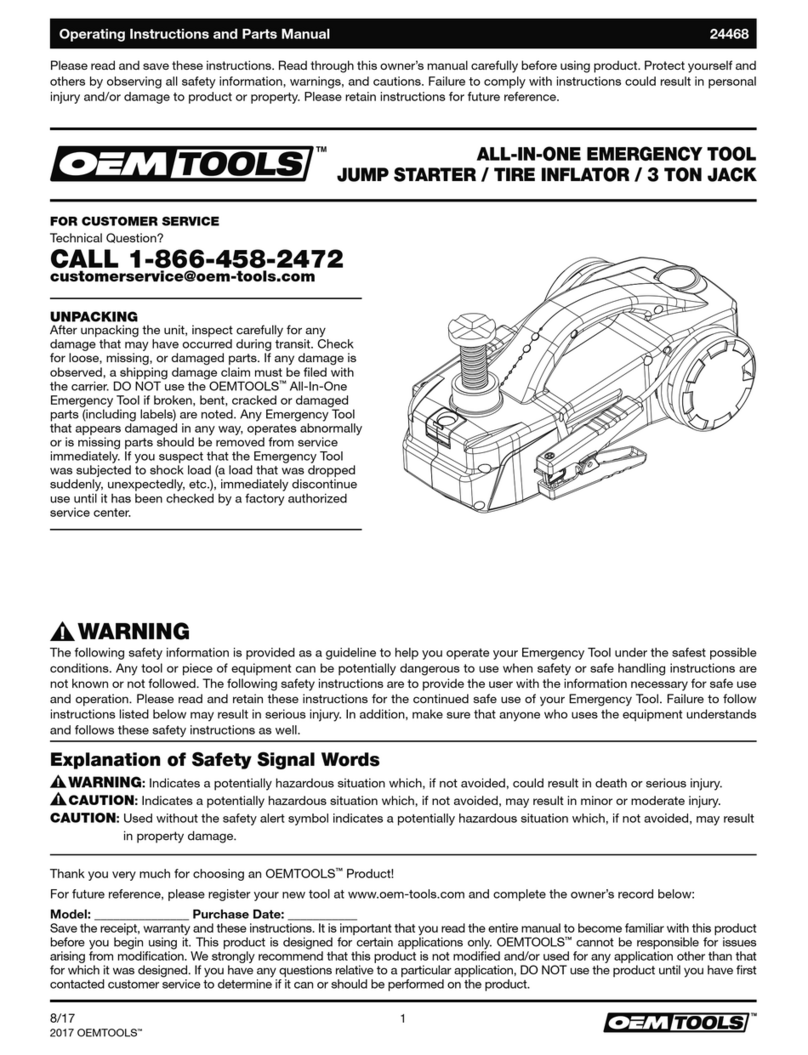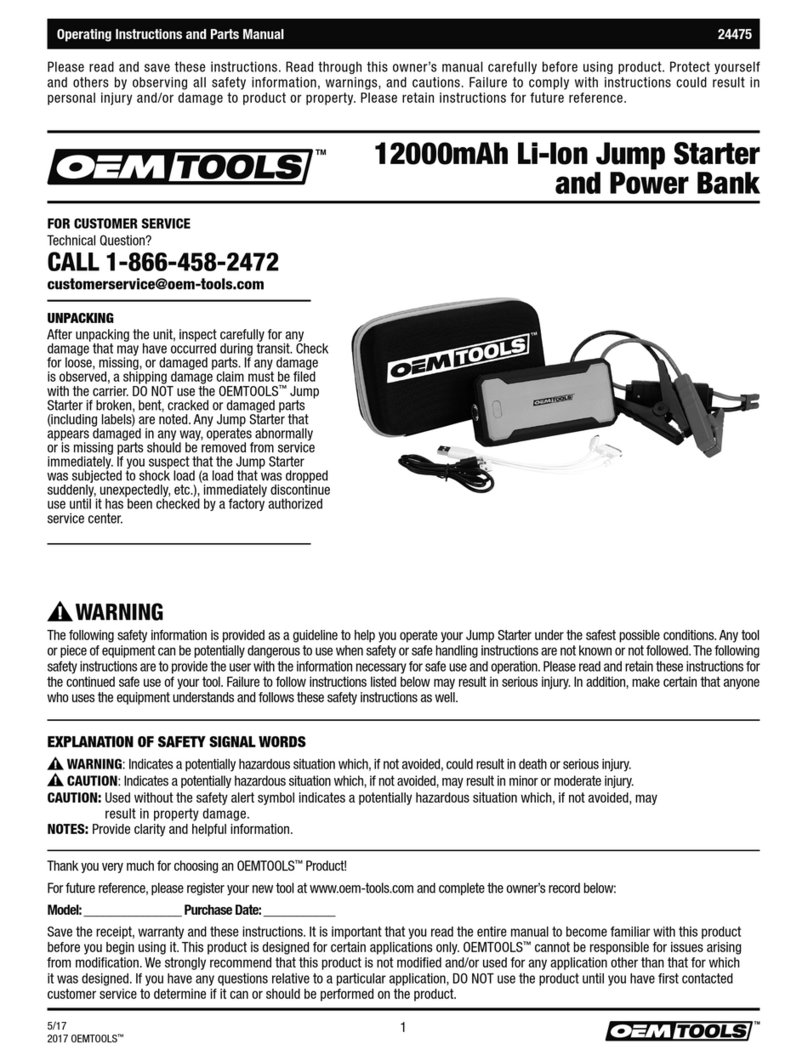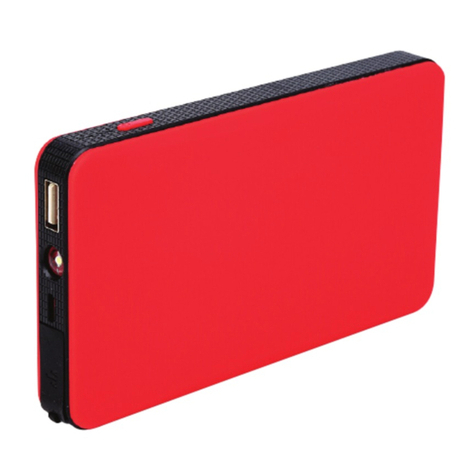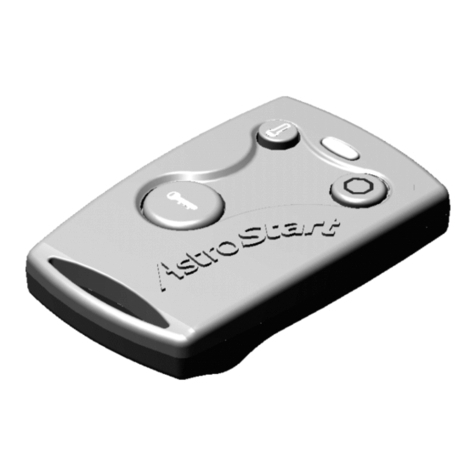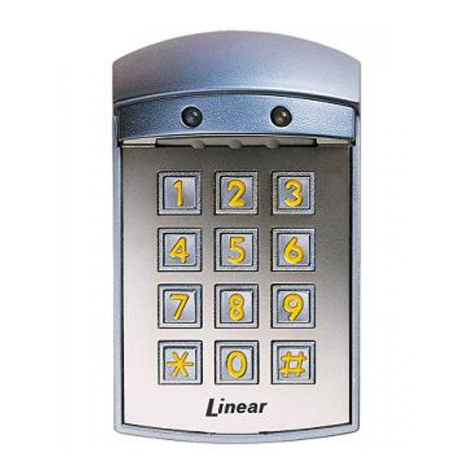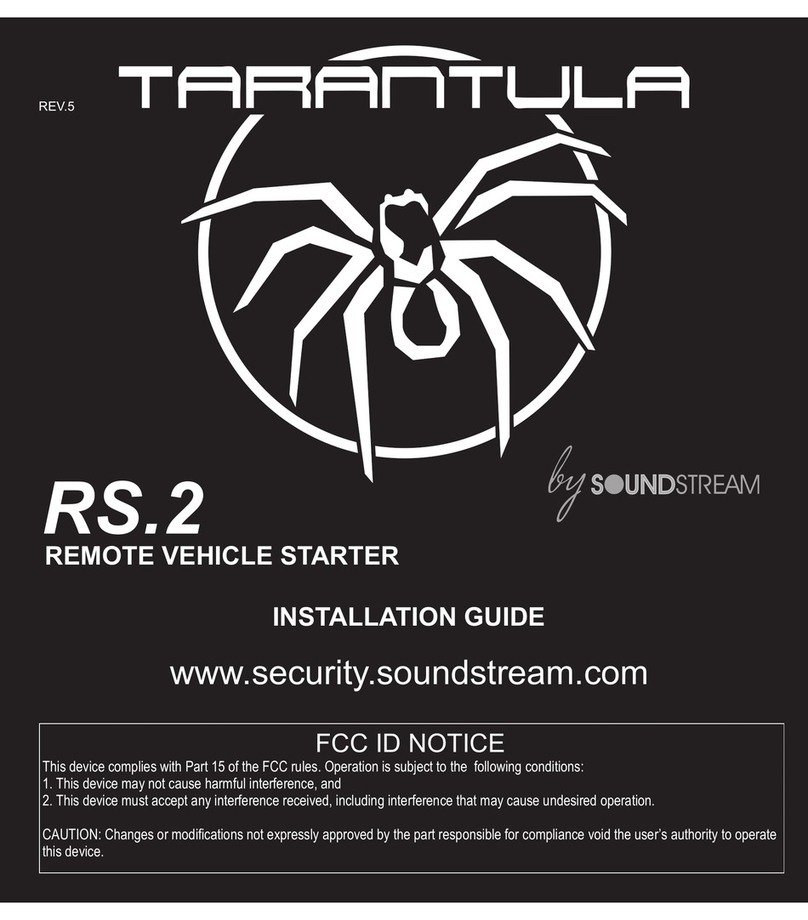
03/16
2016 ©OEMTOOLS 3
Operating Instructions and Parts Manual 24379
PPS-I PERSONAL POWER SOURCE
WITH SMART JUMP CABLES
necessary steps to improve ventilation in the work
area if you develop momentary eye, nose, or throat
irritation as this indicates inadequate ventilation.
• Engine parts that are in motion and unexpected
movement of a vehicle can injure or kill. When
working near moving engine parts, wear snug fit
clothing and keep hands and fingers away from
moving parts. Keep hoses and tools clear of moving
parts. Always stay clear of moving engine parts.
Hoses and tools can be thrown through the air if not
kept clear of moving engine parts. The unexpected
movement of a vehicle can injure or kill. When
working on vehicles always set the parking brake or
block the wheels.
• Avoid accidental fire and/or explosion. Do not smoke
near engine fuel and battery components.
• We believe the information contained herein to be
reliable. However, general technical information is
given by us without charge and the user shall employ
such information at his own discretion and risk. We
assume no responsibility for results or damages
incurred from the use of such information in whole
or in part. Always refer to specific instructions and
technical information supplied by manufacturer of
vehicle or any other item you intend to connect the
OEMTOOLS Personal Power Source to.
• The manufacturer declines any and all responsibility
for damage to vehicles or components if said
damage is the result of unskillful handling by the
operator or of failure to observe the basic safety
rules set forth in the instruction manual.
Read Rules for Safe Operation and Instructions Carefully
PERSONAL PRECAUTIONS AND SAFETY
• Working in vicinity of a lead-acid battery is
dangerous. Batteries generate explosive gases
during normal battery operation. For this reason, it
is of utmost importance that each time before using
your Personal Power Source, you read this manual
and follow the instructions exactly.
WARNING: Wear complete eye protection and clothing
protection, when working with lead-acid batteries.
1. Use only attachments recommended or sold
by manufacturer. Use of non-recommended
attachments may result in fire, electric shock,
or injury.
2. Do not disassemble Personal Power Source. Take
it to a qualified professional when service or repair
is required. Incorrect reassembly may result in
electric shock or fire.
3. To reduce risk of electric shock, unplug charger
from outlet before attempting any maintenance
or cleaning.
4. Make sure someone is within range of your voice
or close enough to come to your aid when you
work with or near a lead-acid battery.
5. Have plenty of fresh water and soap nearby for
use if battery acid contacts skin, clothing, or eyes.
If battery acid contacts skin or clothing, wash
immediately with soap and water.
6. Avoid touching your eyes while working with a
battery. Acid particles (corrosion) may get into your
eyes! If acid enters your eye, immediately flood
eye with running cold water for at least 10 minutes.
Get medical attention immediately.
7. Remove all personal metal items such as rings,
bracelets, necklaces, and watches when working with
a lead-acid battery. A lead-acid battery can produce
a short-circuit current high enough to weld a ring (or
the like) to metal, causing a severe burn.
8. Take care not to drop a metal tool or other metal
onto the battery. Metal may cause sparking or
short circuit the battery or another electrical
devise. Sparking may cause an explosion.
9. NEVER smoke or allow a spark or flame in
the vicinity of the battery or engine. Batteries
generate explosive gases!
GENERAL BATTERY SAFETY
• To reduce the risk of battery explosion, follow
these instructions and those published by the
battery manufacturer and the manufacturer of
any equipment you intend to use in the vicinity of
a battery. Review cautionary markings on these
products and on the engine.
• When connecting to a battery in the vehicle, take
care to determine which post is grounded. To reduce
risk of a spark near battery, follow these steps when
battery is installed in vehicle.
WARNING: A spark near a battery may cause battery
explosion.
WARNING: Risk of electric shock or fire.
1. Stay clear of fan blades, belts, pulleys and other
parts that can cause injury.
WARNING
